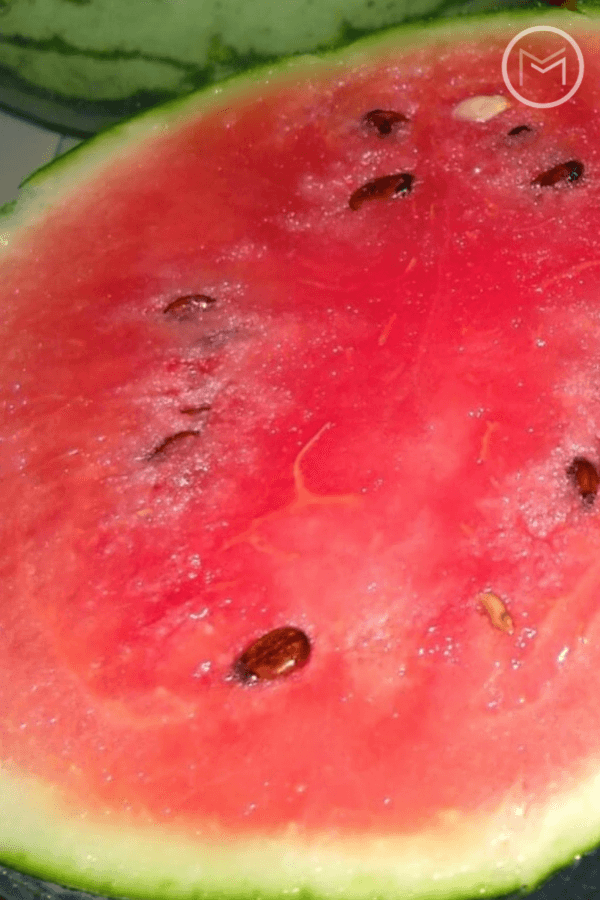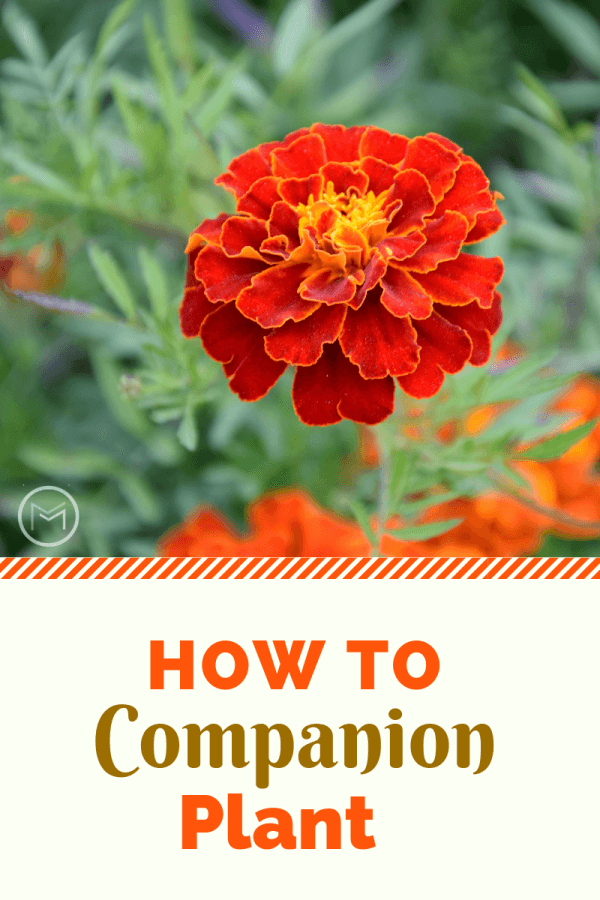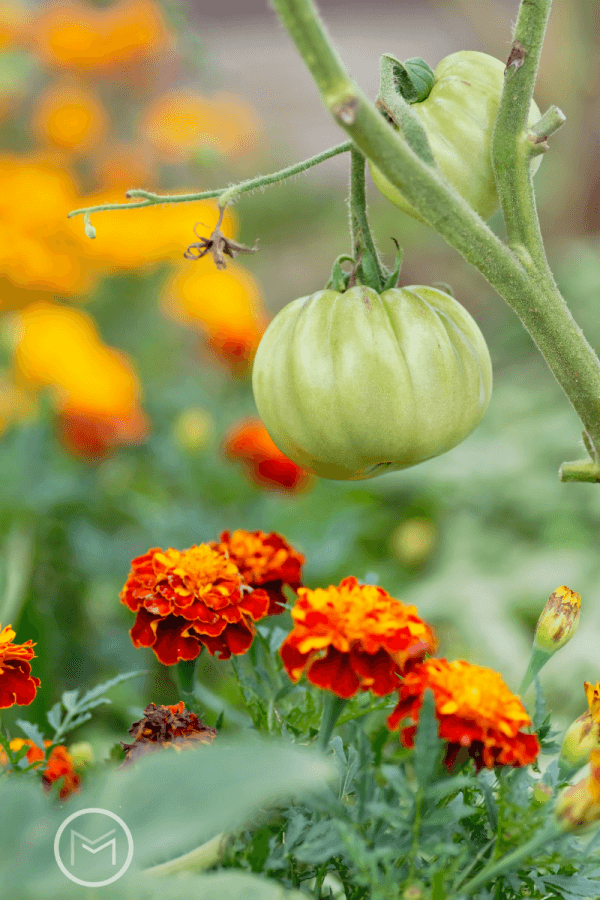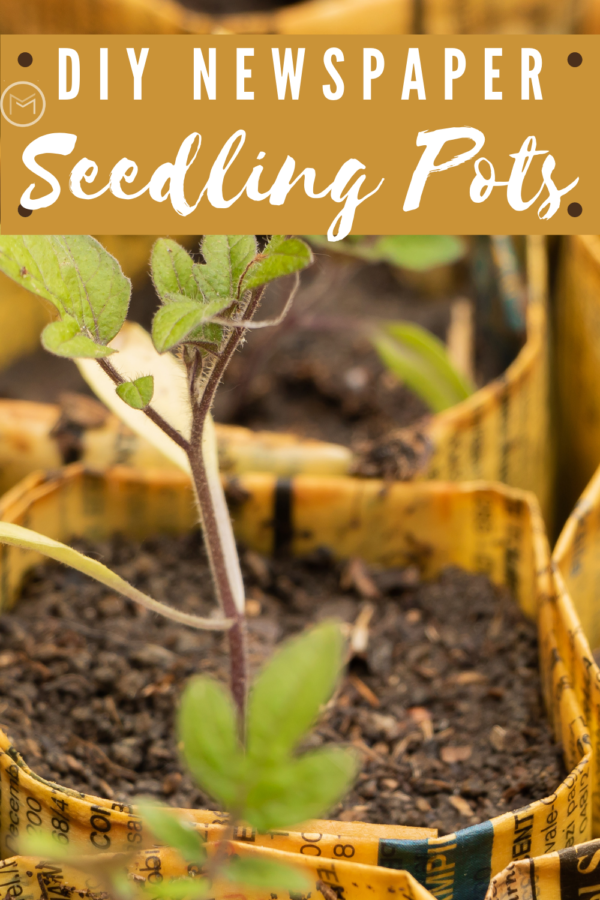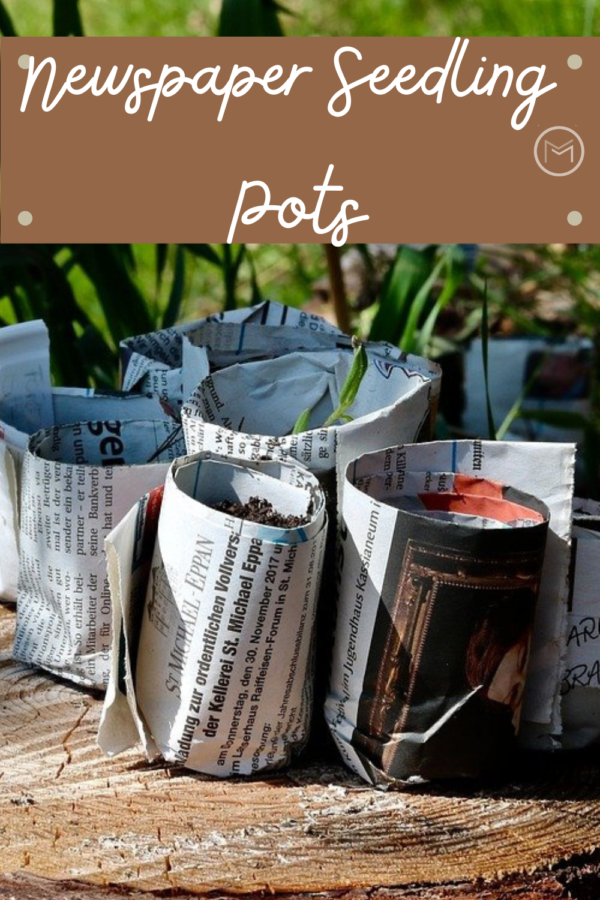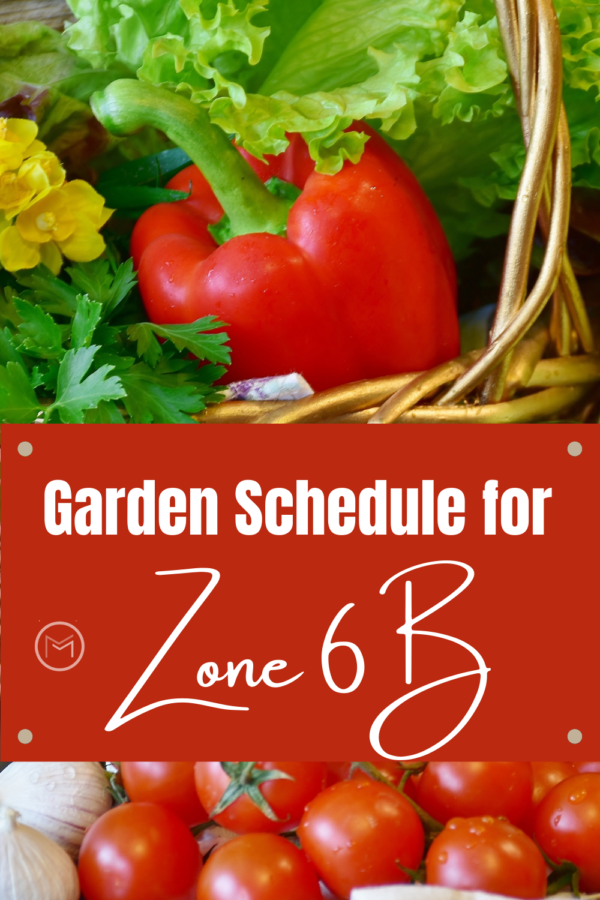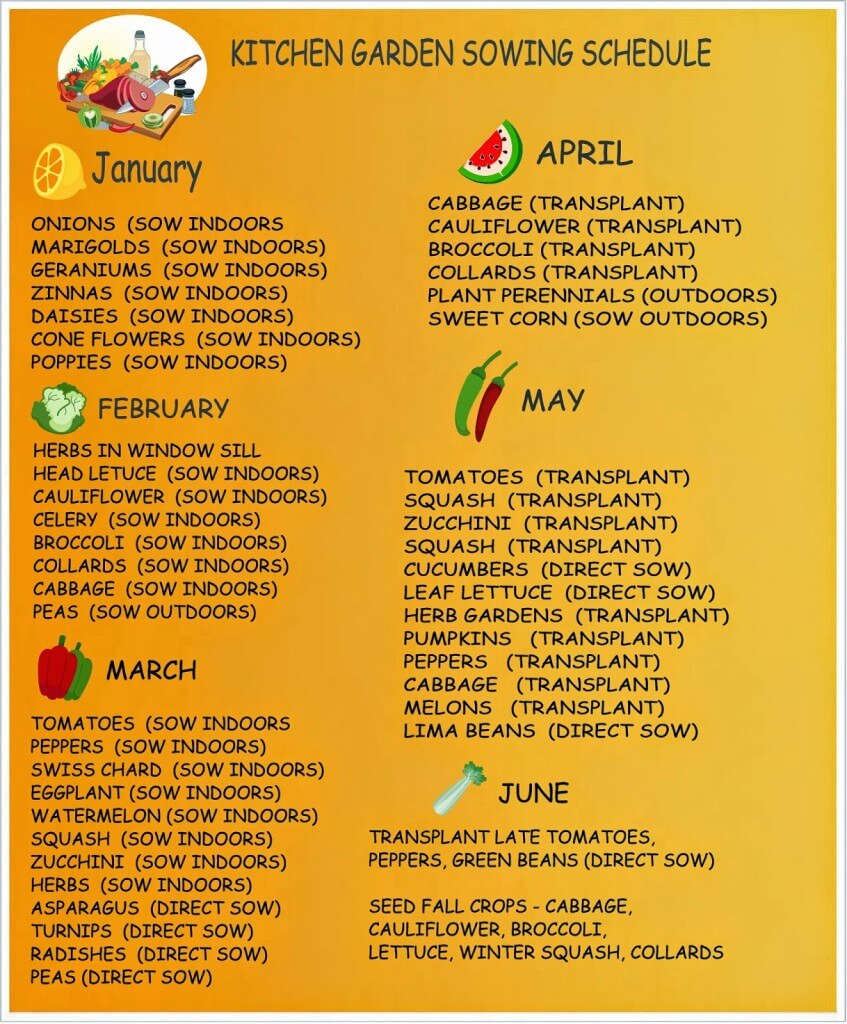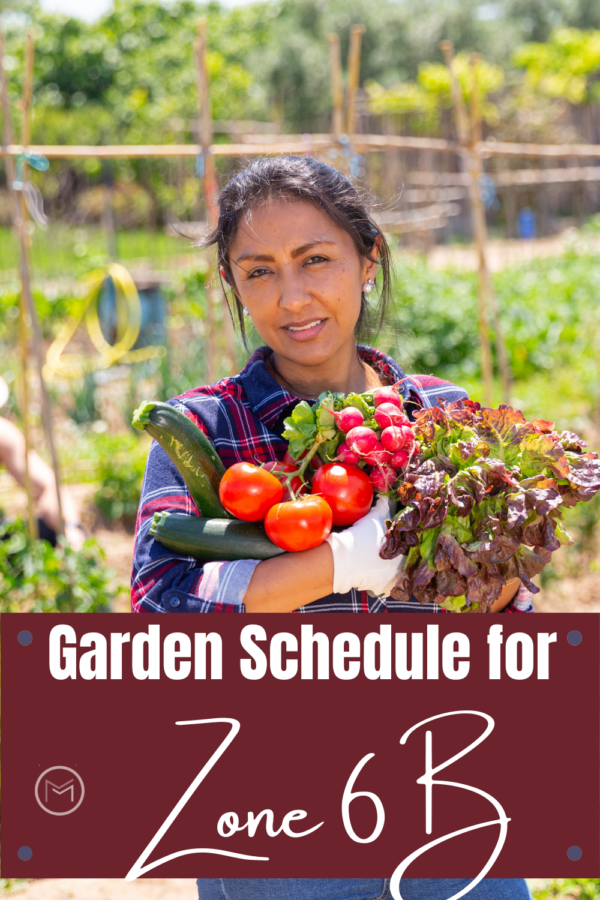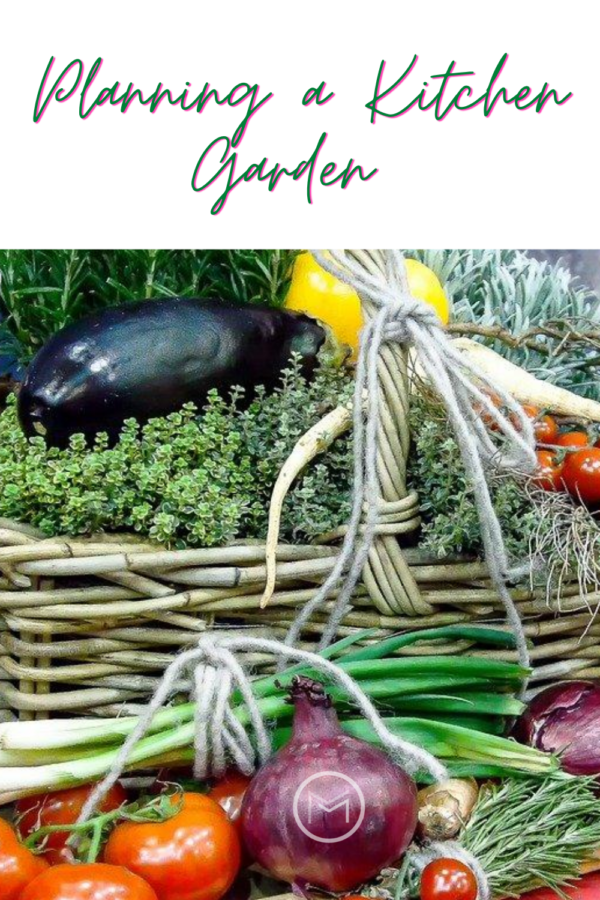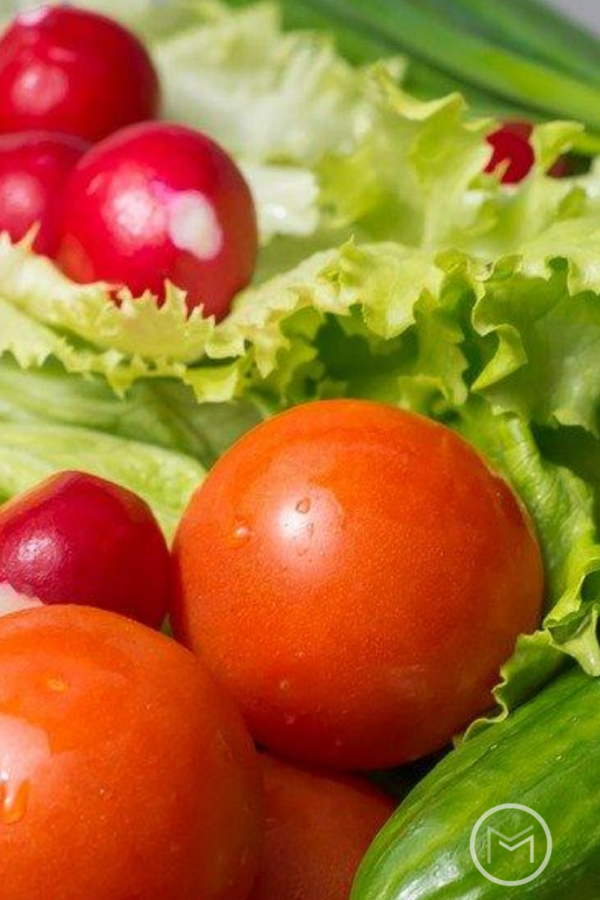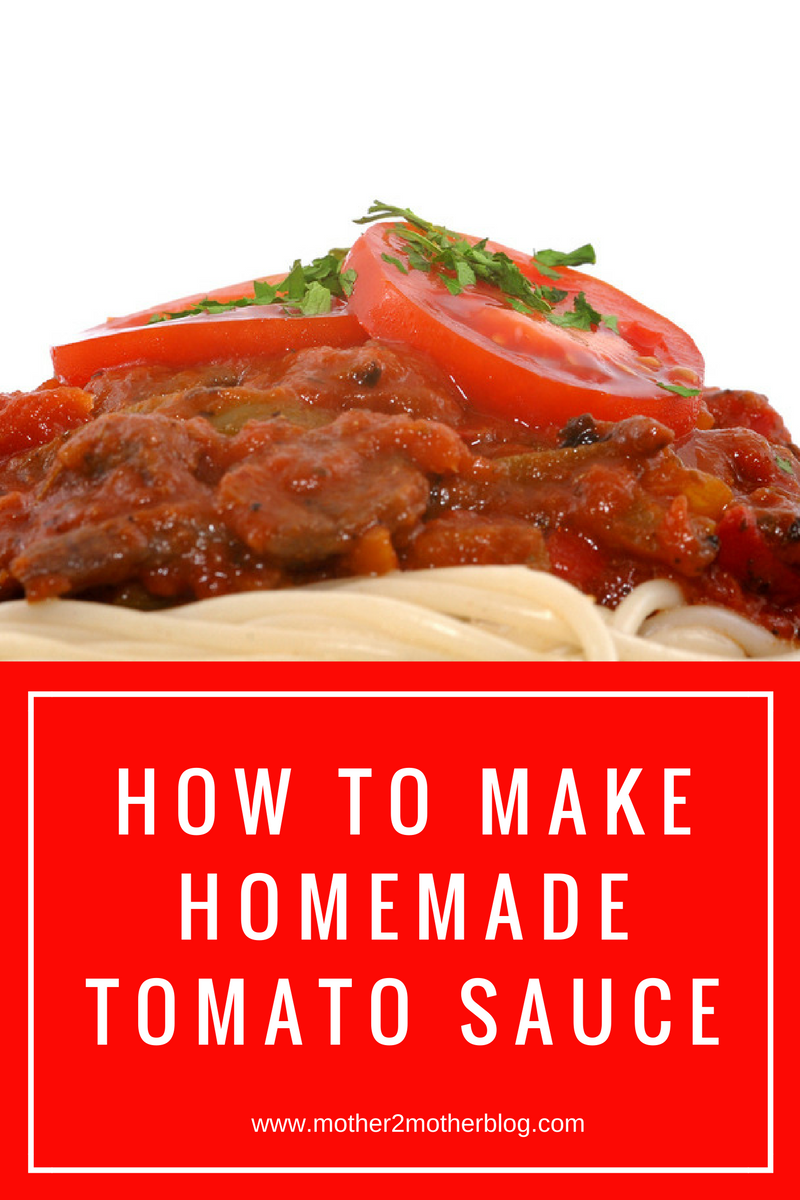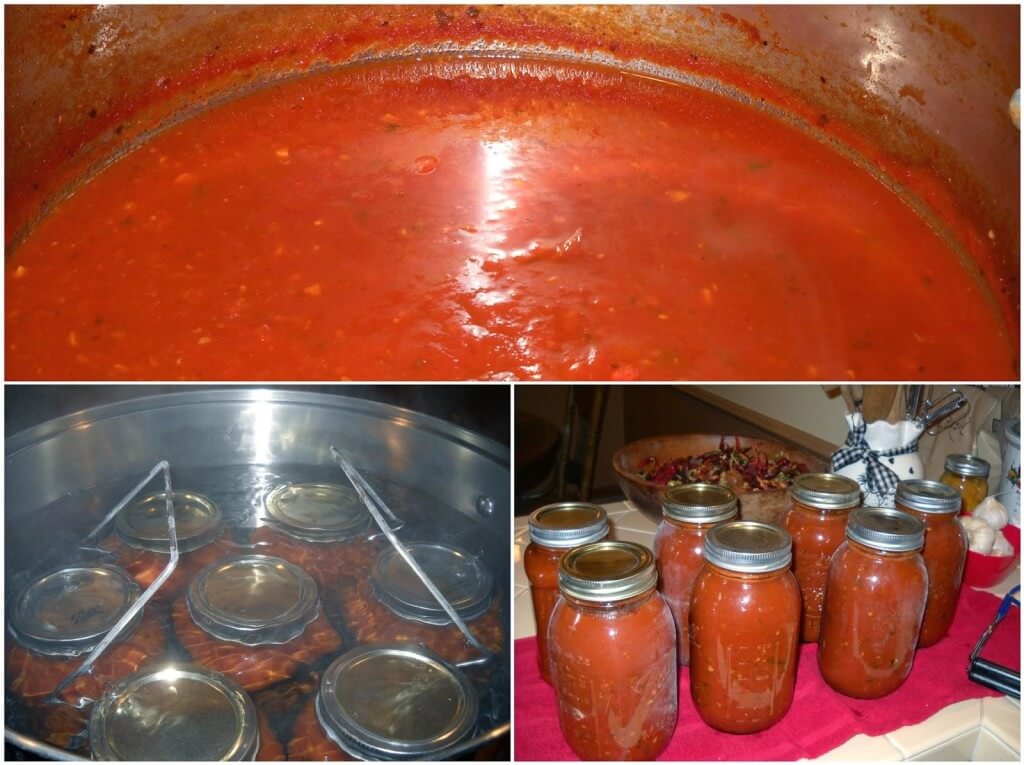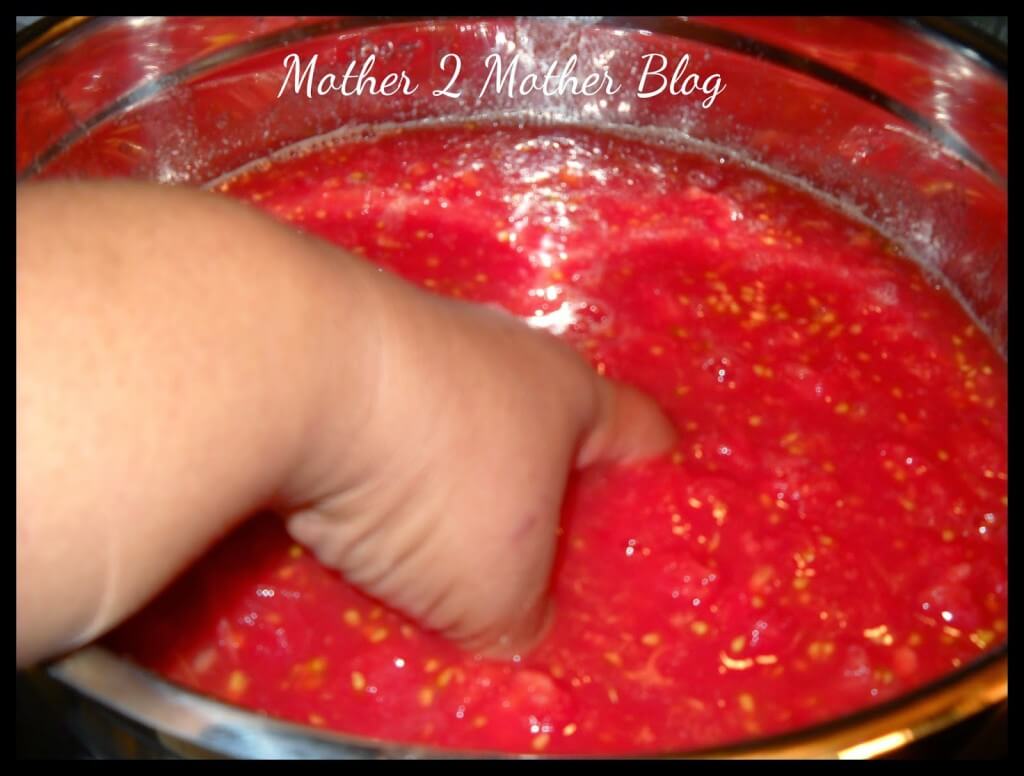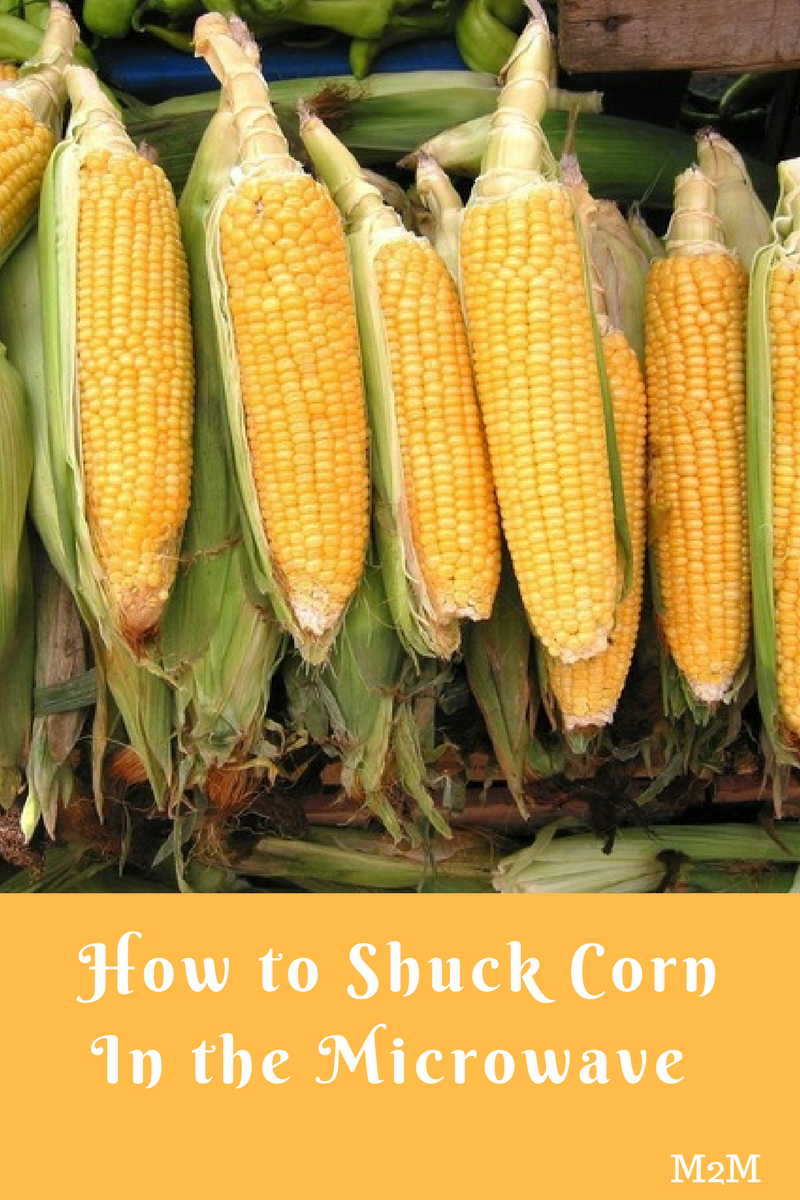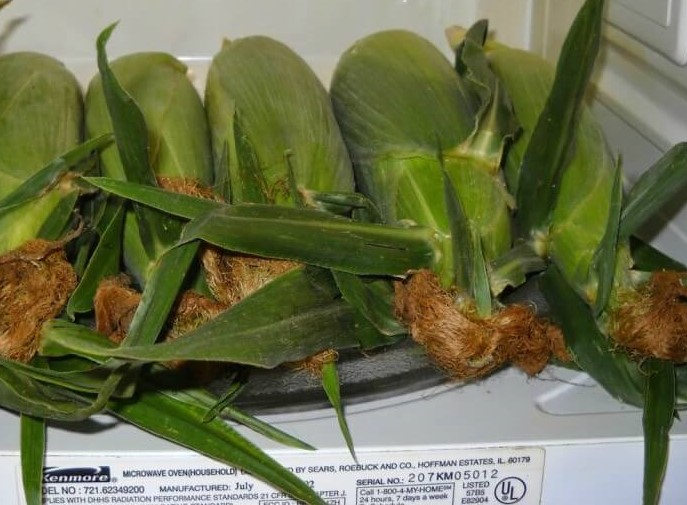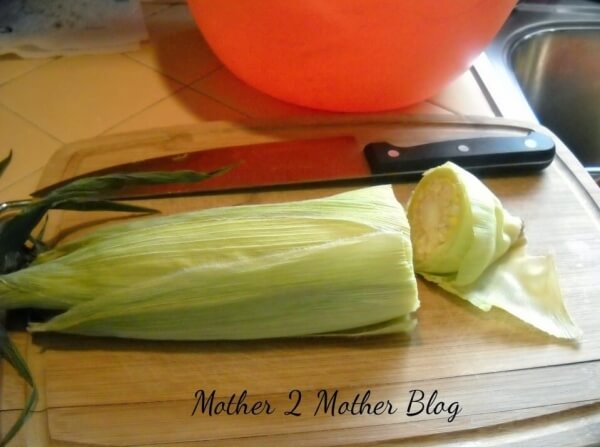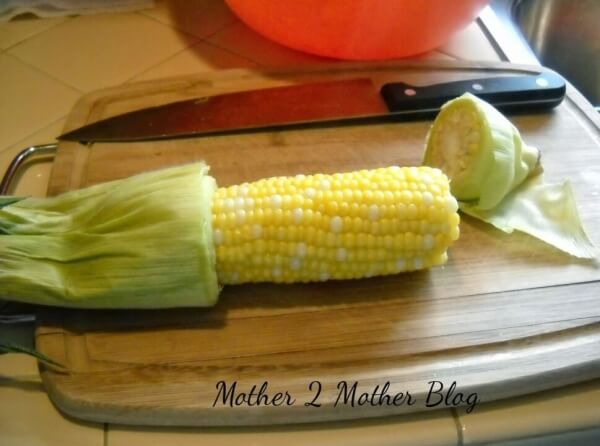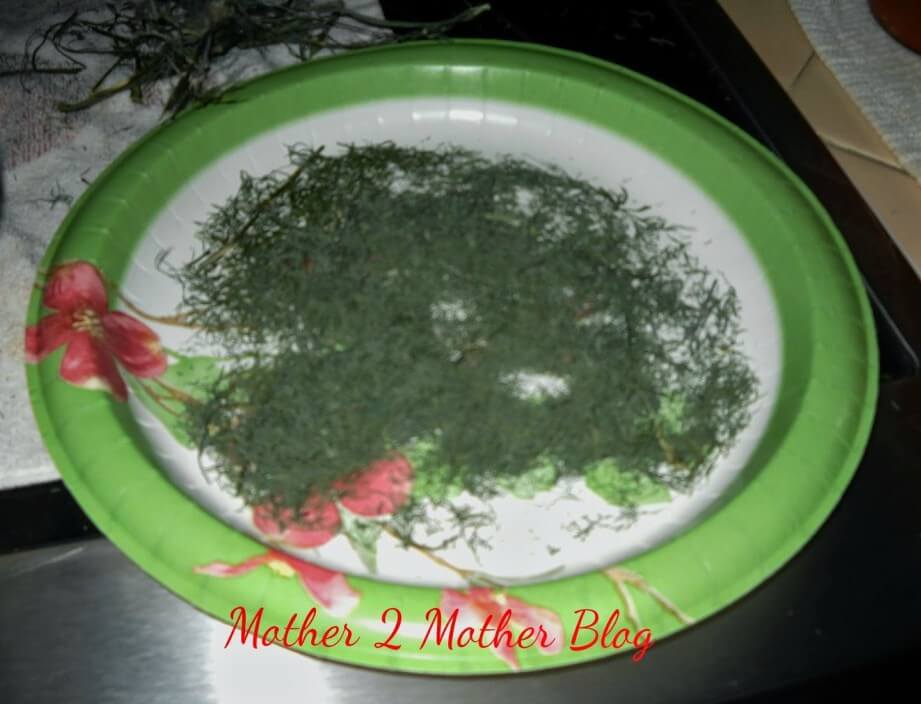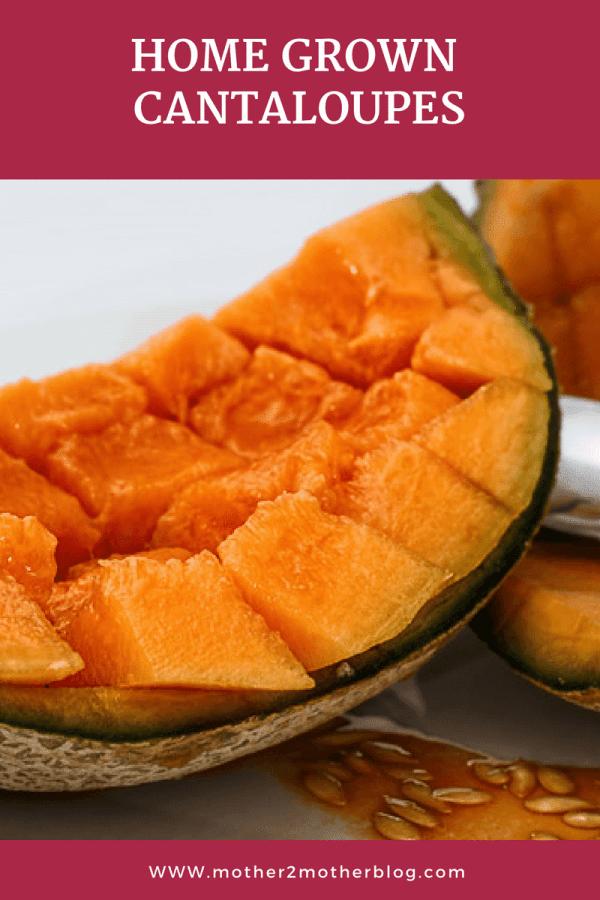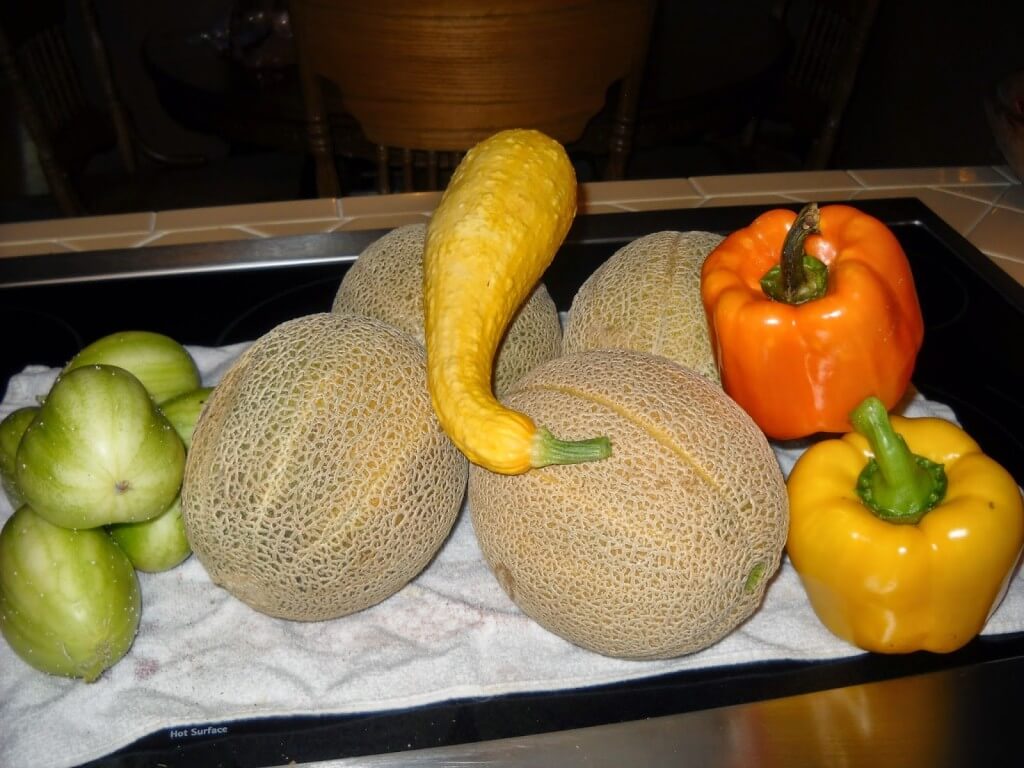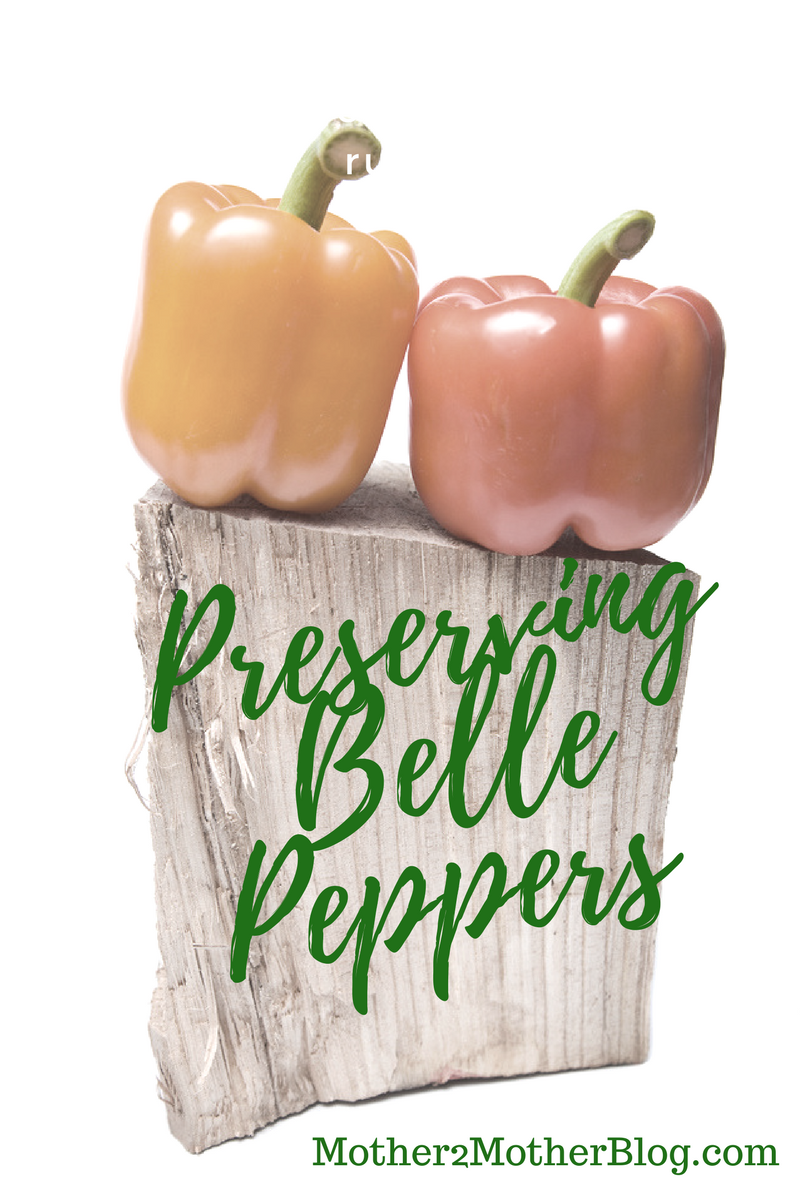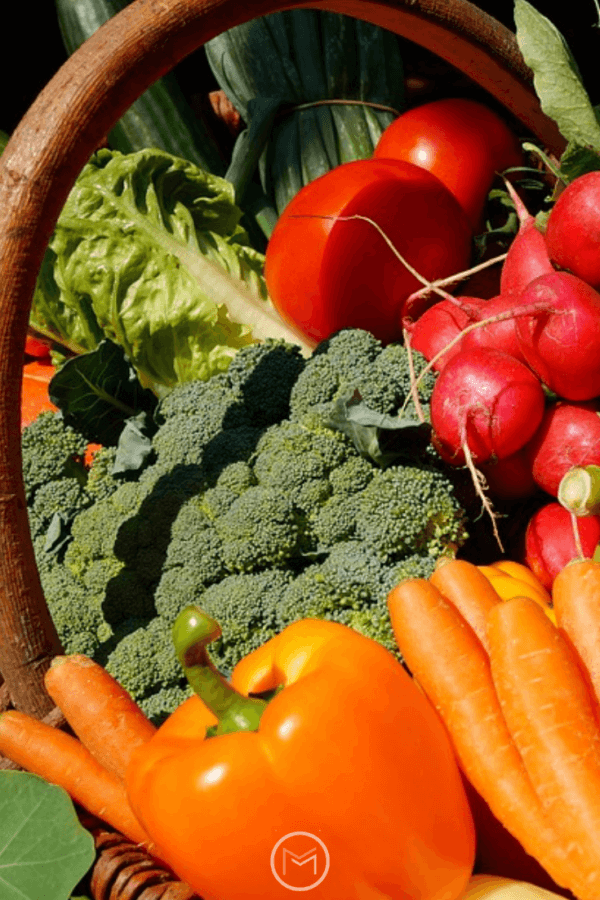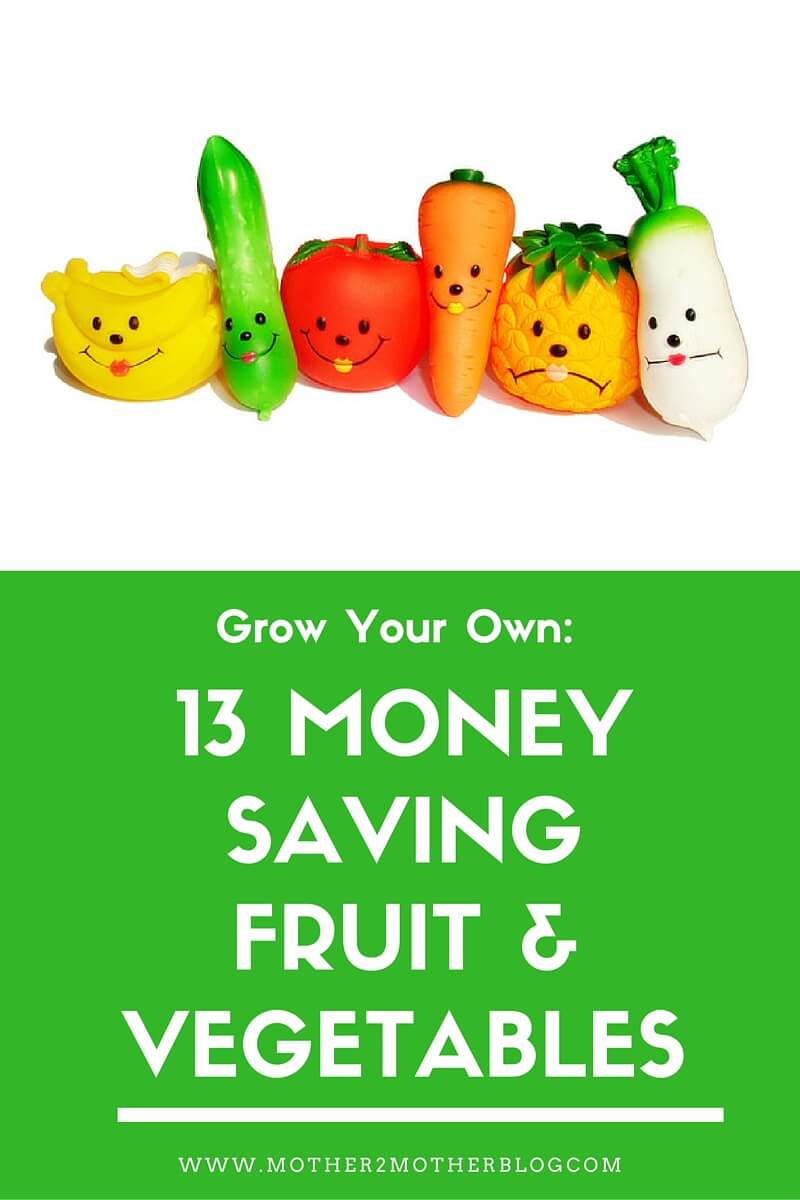
Here’s my top 13 money saving fruits and vegetables:
- Tomatoes – I plant and harvest enough to preserve whole or quartered for soup. I also make sauces for spaghetti and other pasta dishes, chili, and salsa. I also grow cherry tomatoes for salads and snacking.
- Peppers – I pickle and freeze them. Great in dishes, on sandwiches and on top of nachos and cheese.
- Zucchini – I make fresh muffins and zucchini bread.
- Green Beans – I freeze green beans for soup and for other side dishes during the winter.
- Onions – A majority of my dishes call for onions, so I preserve these for using during the winter.
- Garlic – Fresh garlic is great in salsa and sauces.
- Herbs – I dry my herbs for winter use.
- Potatoes – Red and Yukon Gold potatoes get plenty of use in my house.
- Cucumbers – Great for salads and homemade pickles.
- Lettuce – I grow leaf lettuce for sandwiches and salads during the summer.
- Strawberries – Great for jam.
- Watermelon – I love fresh watermelon on a hot summer day. I grow Sugar Babies.
- Cantaloupe – Great breakfast fruit.
